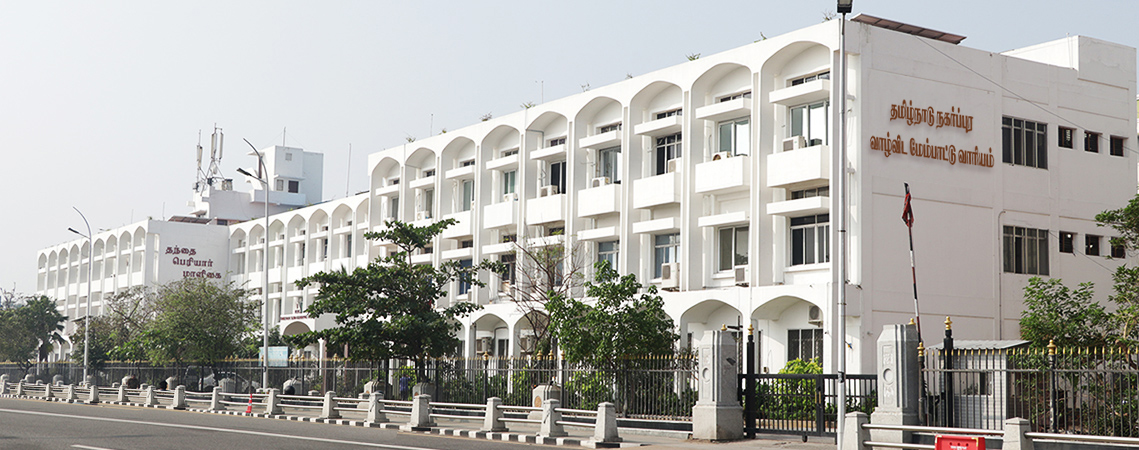1. Vision
Rajiv Awas Yojana (RAY) envisages a “Slum Free India” with inclusive and equitable cities in which every citizen has access to basic civic infrastructure, social amenities and decent Shelter.
2. Mission
Encourage States/Union Territories (UTs) to tackle slums in a definitive manner, by focusing on:
2.1. Bringing all existing slums, notified or non-notified (including recognized and identified) within the formal system and enabling them to avail the basic amenities that is available for the rest of the city/UA;
2.2. Redressing the failures of the formal system that lie behind the creation of slums by planning for affordable housing stock for the urban poor and initiating crucial policy changes required for facilitating the same
3. Objectives
3.1. Improving and provisioning of housing, basic civic infrastructure and social amenities in intervened slums.
3.2. Enabling reforms to address some of the causes leading to creation of slums.
3.3. Facilitating a supportive environment for expanding institutional credit linkages for the urban poor.
3.4. Institutionalizing mechanisms for prevention of slums including creation of affordable housing stock.
3.5. Strengthening institutional and human resource capacities at the Municipal, City and State levels through comprehensive capacity building and strengthening of resource networks.
3.6. Empowering community by ensuring their participation at every stage of decision making through strengthening and nurturing Slum Dwellers’ Association/Federations
4. Scope
4.1. RAY is to be implemented in a mission mode and will provide financial support to States/UTs/Urban Local Bodies (ULBs)/Central Government Agencies, hereafter called implementing agencies, for providing housing and improvement of basic civic infrastructure and social amenities in each selected slums. Rental and transit housing will be admissible under the scheme. Operation and maintenance (O&M) of assets created under this scheme will also be eligible for funding.
4.2. RAY will also extend financial support to States for creation of affordable housing stock through public-private partnership (PPP) under the Affordable Housing in Partnership (AHP) component of the scheme.
5. Duration
The implementation phase of the scheme is for the period 2013-2022.
6. Coverage
6.1. The scheme is applicable to all cities/UAs of the country. The selection for seeking assistance under the scheme will be made by the States in consultation with the Centre. The cities/UAs covered under preparatory phase of RAY are automatically included under implementation phase of RAY. The following criteria may further be followed for selection of cities and UAs:
6.1.1. Cities/UAs with large proportion of slum dwellers should be given priority.
6.1.2. District headquarters, cities of religious, historic, cultural, heritage and tourist importance may be given preference.
6.1.3. Cities/UAs with predominance of SC/ST/minority population/other vulnerable section of the society may be accorded priority.
6.1.4. States/UTs will require assessing their own resource mobilization capacity and availability of allocated funds under the scheme while selecting cities.
6.2. The scheme is applicable to all slums within a city, whether notified or non-notified (including identified and recognized), whether on lands belonging to Central Government or its Undertakings, Autonomous bodies created under the Act of Parliament, State Government or its Undertakings, Urban Local Bodies or any other public agency and private sector. It is also applicable to “urbanized villages” inside the planning area of the city, urban homeless and pavement dwellers.
7.Implementation Approach
Two step implementation strategy would be adopted i.e. preparation of Slum-free City Plans of Action (SFCPoAs) on ‘whole city’ basis and Detailed Project Reports (DPRs) on ‘whole slum’ basis for selected slums. The implementation approach has the following main elements:
7.1. Preparation of Slum-free City Plans of Action (SFCPoA):
7.1.1. The SFCPoA will be an overall action plan of the ULB with investment requirements projected and prioritized for improving/developing the existing slums and providing houses including basic civic infrastructure and social amenities for the urban poor for the next 10-15 years.
7.1.2. Selected cities will draw up their SFCPoA in accordance with the detailed guidelines on the subject, with the overall goal of tackling the problem of slums in a systematic and time bound manner.
7.1.3. SFCPoAs would be for a city as a whole, but within a city the implementation of slum up-gradation/redevelopment may require to be phased out and paced as per the financial and resource capacity of the implementing agencies.
7.1.4. The strategy to tackle slums would need to be in two parts – a) Curative Strategy for slum redevelopment of all existing slums; and b) Preventive Strategy for containment of growth of future slums.
7.1.5. As described in the SFCPoA guidelines, under the curative strategy, the main steps are identification of all slums, slum mapping, profiling, tenability analysis, prioritisation based on assessment of housing and infrastructure deficiency in each slum, formulation of development options for each slum. Under the preventive strategy, the main steps would involve assessment of housing shortage for the urban poor, framing supply options for the urban poor and enabling policy reforms for supply of urban poor housing.
